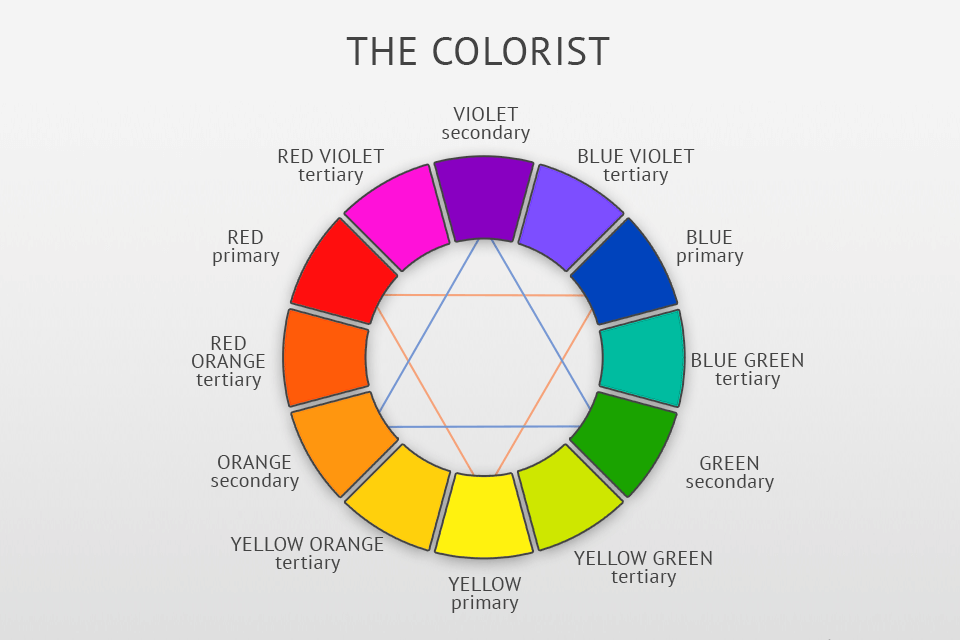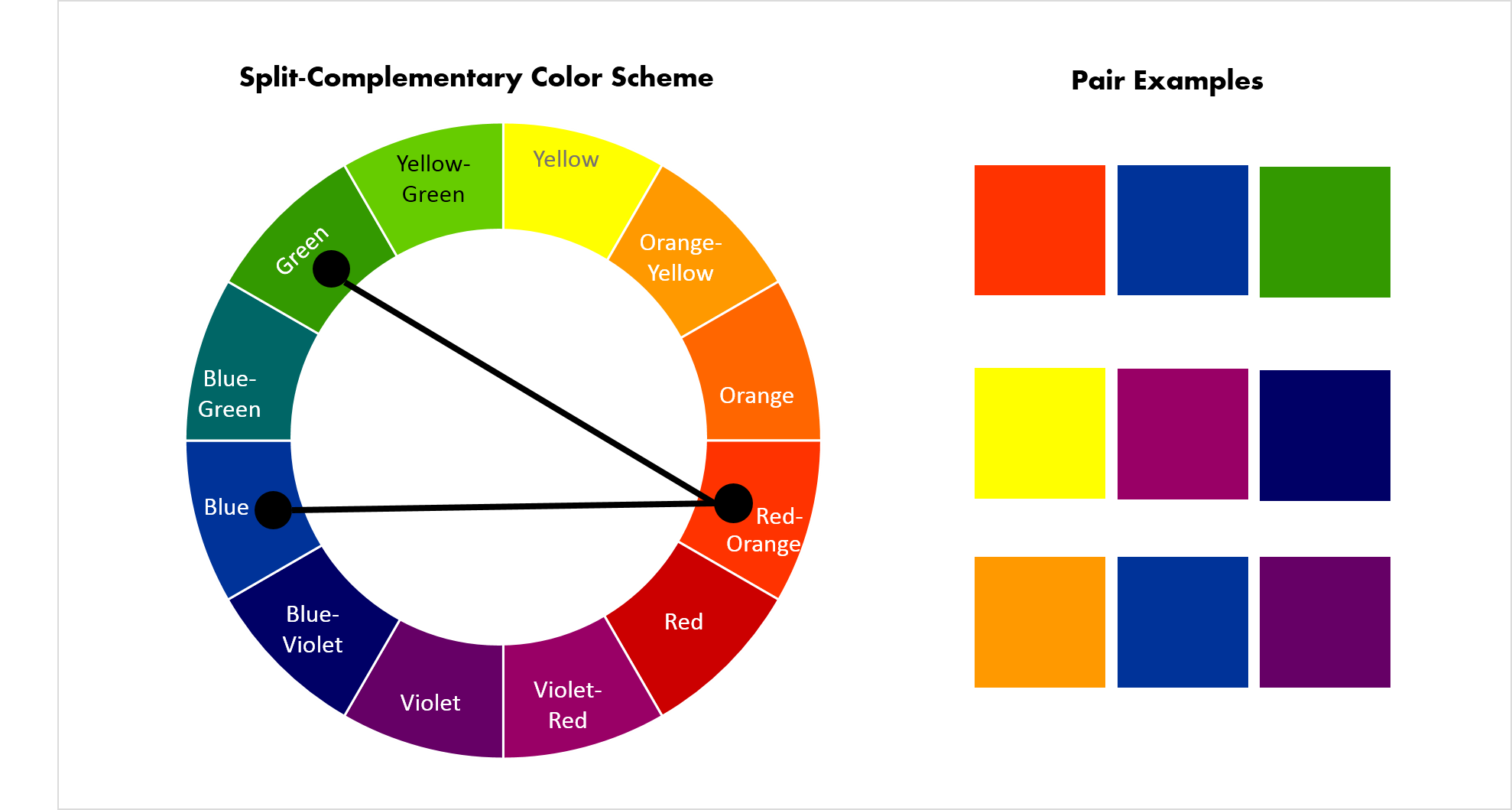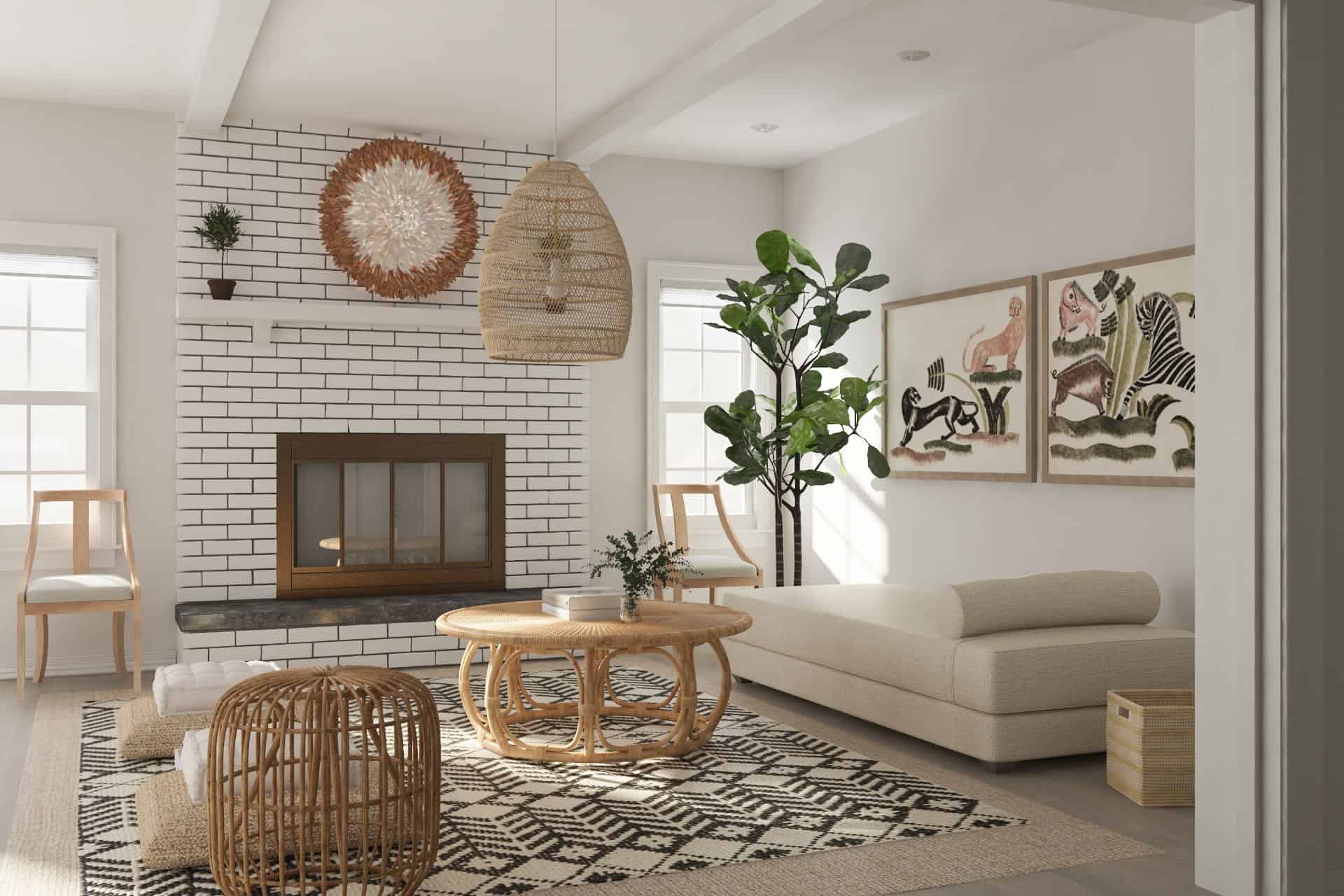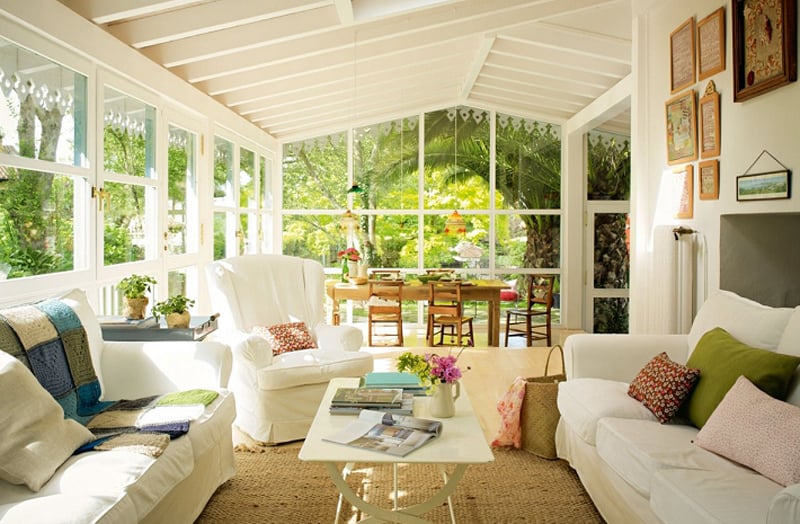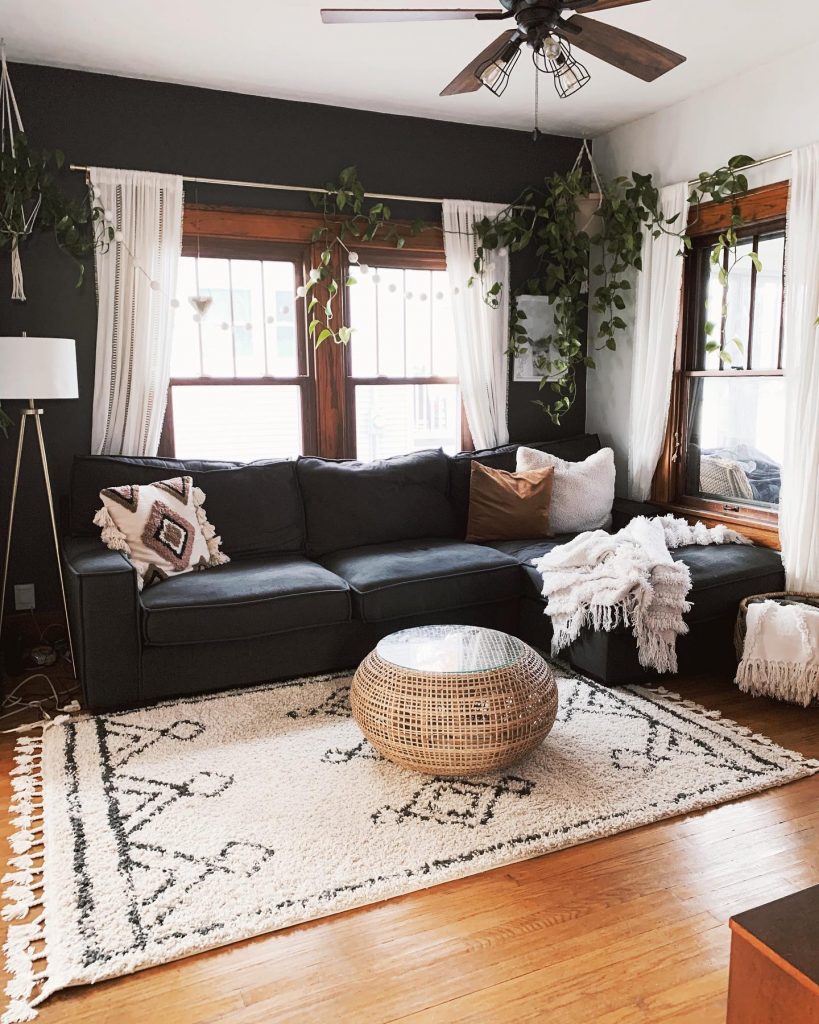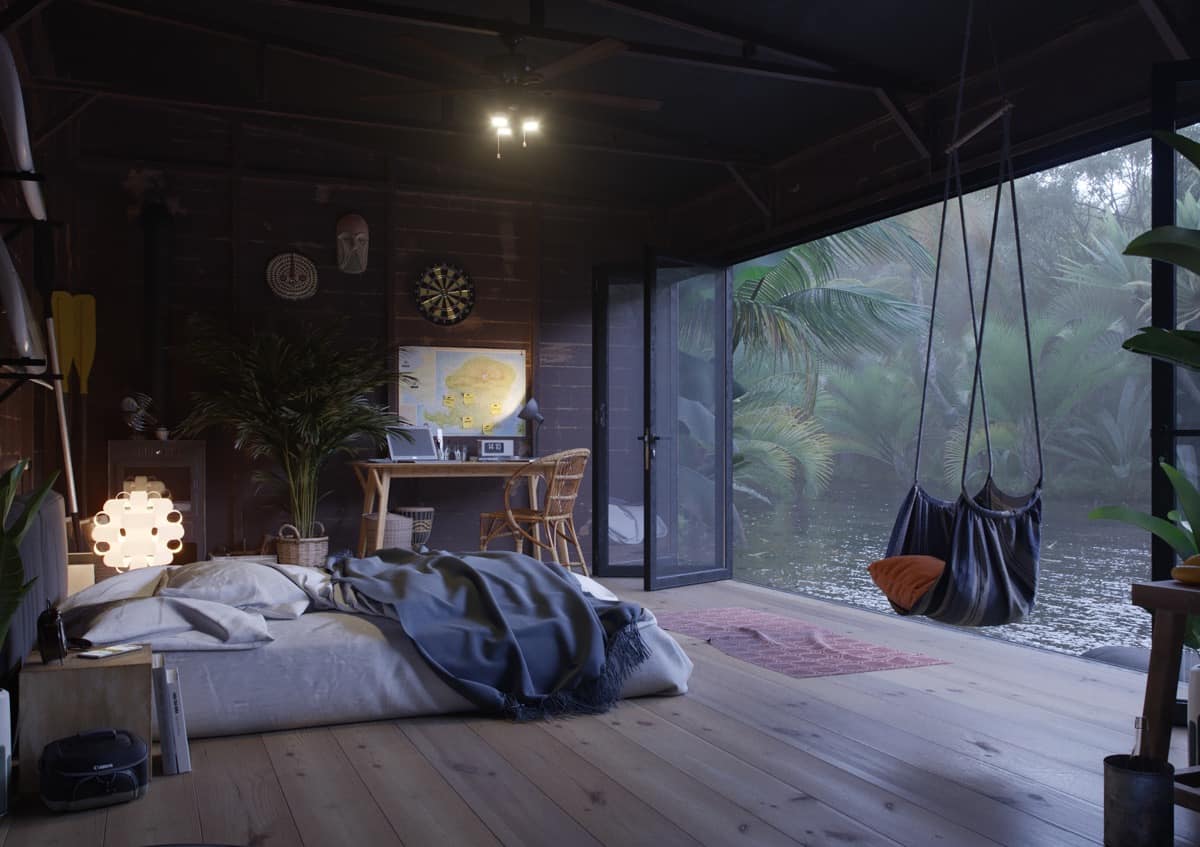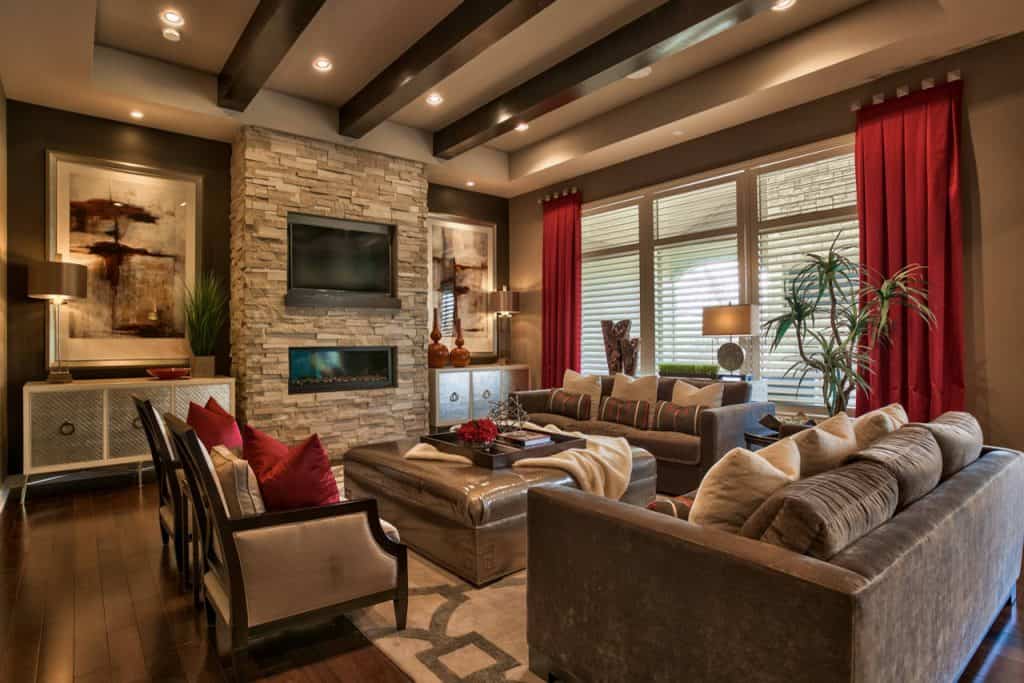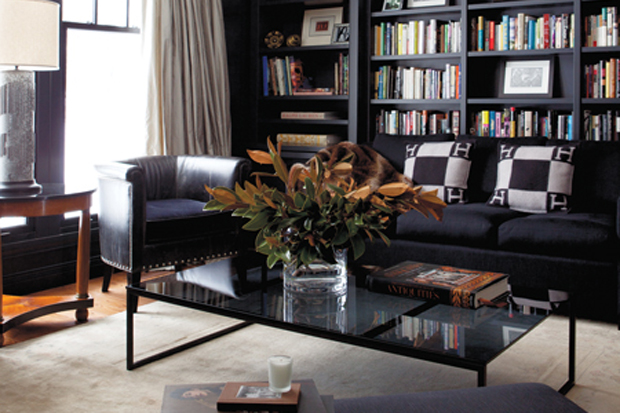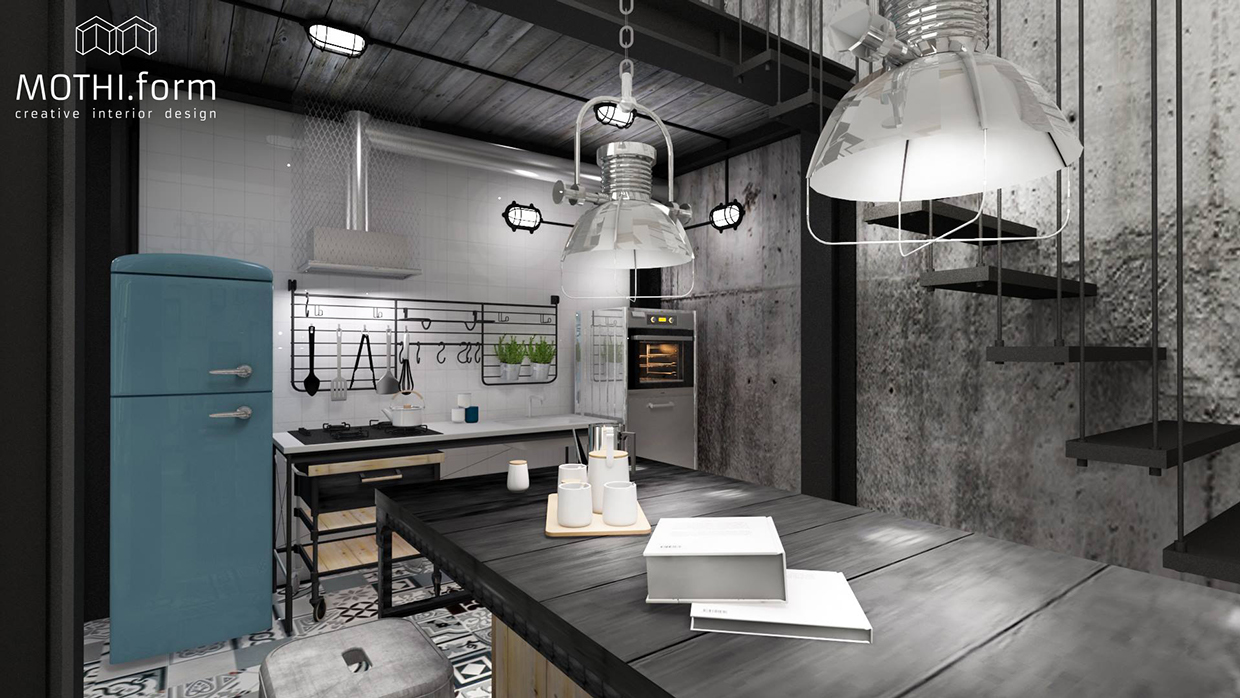Neutral colors are a popular choice for living room color schemes as they provide a versatile and timeless look. Shades of white, beige, and gray can create a clean and calming atmosphere, making your living room feel spacious and inviting. These colors also serve as a great backdrop for accent colors and allow you to easily switch up your decor without having to repaint.Neutral Colors
If you want to add a cozy and welcoming feel to your living room, warm tones are the way to go. Shades of red, orange, and yellow bring warmth and energy to the space, making it the perfect spot to relax and unwind. These colors also work well with natural light, creating a cheerful and uplifting atmosphere.Warm Tones
On the other hand, if you prefer a more serene and calming ambiance, cool shades such as blue, green, and purple are the way to go. These colors have a soothing effect and can make your living room feel like a peaceful retreat. They also pair well with natural materials such as wood and plants, bringing a touch of nature indoors.Cool Shades
For a natural and earthy feel, consider using earth tones in your living room color scheme. Shades of brown, tan, and green can create a warm and inviting atmosphere, reminiscent of the great outdoors. These colors also work well with different textures and patterns, adding depth and interest to your living room.Earth Tones
If you want to create a cohesive and sophisticated look in your living room, consider using a monochromatic color scheme. This involves using different shades of the same color throughout the room, creating a harmonious and elegant feel. Monochromatic schemes work well with both neutral and bold colors, allowing you to create a personalized and unique space.Monochromatic Palette
For a bold and eye-catching living room, consider using contrasting colors in your color scheme. This involves pairing colors that are opposite on the color wheel, such as blue and orange or purple and yellow. Contrasting colors create a dynamic and energetic feel, making your living room stand out and make a statement.Contrasting Colors
Similar to contrasting colors, complementary colors are also found opposite each other on the color wheel. However, they are more harmonious and create a balanced look in your living room. Colors such as blue and green or red and purple can work well together, creating a cohesive and visually appealing space.Complementary Colors
If you have a small or dark living room, using light and airy colors can make it feel more spacious and bright. Shades of white, cream, and pastel colors can reflect light and make the room feel more open and airy. These colors also create a clean and minimalist look, perfect for those who prefer a simple and clutter-free space.Light and Airy
On the other hand, if you want to create a cozy and intimate atmosphere in your living room, consider using darker colors. Shades of navy, charcoal, and deep green can add depth and warmth to the space, making it feel more inviting and comfortable. These colors also work well with rich textures and patterns, adding a touch of luxury to your living room.Dark and Cozy
If you want to make a statement with your living room color, don't be afraid to go bold and vibrant. Colors such as red, fuchsia, and emerald green can bring energy and personality to the space, creating a lively and exciting atmosphere. Just be sure to balance out these bold colors with neutral or complementary shades to avoid overwhelming the room.Bold and Vibrant
The Power of Color: Transforming Your Living Room into the Perfect Space

Bringing Life to Your Living Room
/Neutrallivingroom-GettyImages-568518365-5a6260a87d4be80036ac6b0c.jpg) When it comes to designing your living room, the color you choose can make all the difference. The perfect living room color is not only visually appealing, but it also sets the mood and ambiance of the space. It can make the room feel cozy and intimate, or open and airy. With the right color, you can transform your living room into the perfect space for relaxation and entertainment.
When it comes to designing your living room, the color you choose can make all the difference. The perfect living room color is not only visually appealing, but it also sets the mood and ambiance of the space. It can make the room feel cozy and intimate, or open and airy. With the right color, you can transform your living room into the perfect space for relaxation and entertainment.
The Psychology of Color
 Before choosing a color for your living room, it's important to understand the psychology behind colors.
Warm colors
like red, orange, and yellow, have been known to stimulate energy and create a sense of warmth and intimacy. These colors are perfect for creating a cozy and inviting living room. On the other hand,
cool colors
like blue, green, and purple, evoke a sense of calmness and tranquility, making them ideal for a more relaxed and serene living room.
Before choosing a color for your living room, it's important to understand the psychology behind colors.
Warm colors
like red, orange, and yellow, have been known to stimulate energy and create a sense of warmth and intimacy. These colors are perfect for creating a cozy and inviting living room. On the other hand,
cool colors
like blue, green, and purple, evoke a sense of calmness and tranquility, making them ideal for a more relaxed and serene living room.
Choosing the Right Color
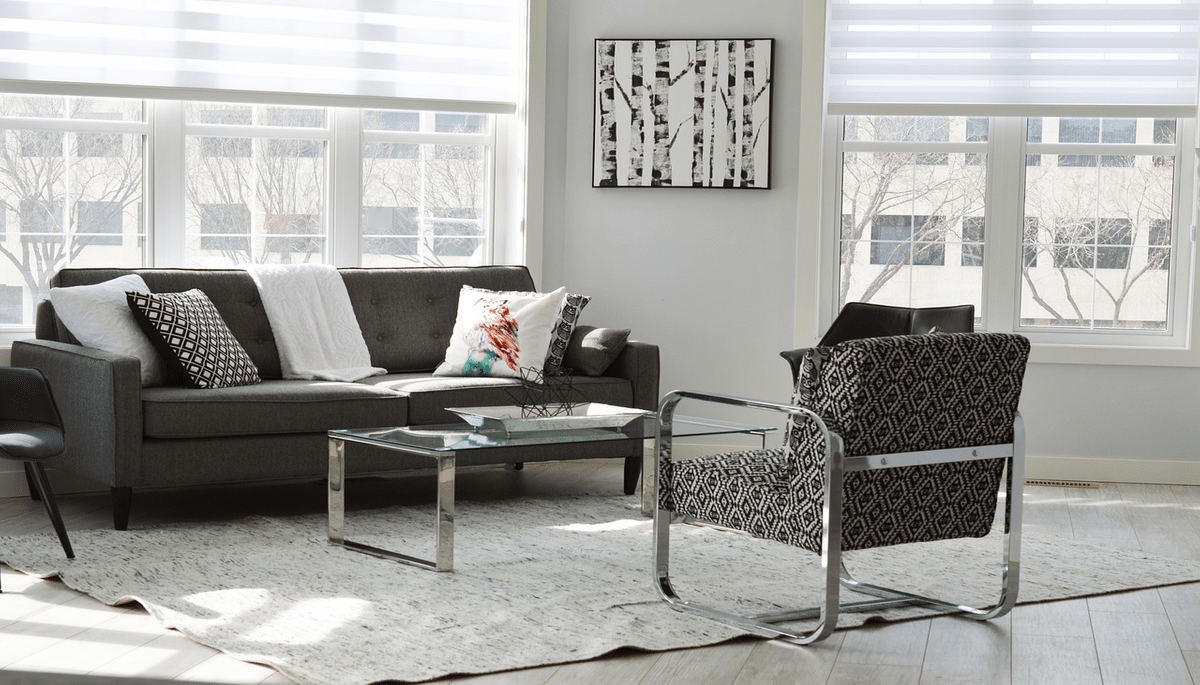 When selecting a color for your living room, it's important to consider the size and natural lighting of the space. If you have a smaller living room,
lighter colors
like pastels and neutrals can make the room feel more spacious and airy. For larger living rooms,
darker colors
can add depth and coziness to the space.
When selecting a color for your living room, it's important to consider the size and natural lighting of the space. If you have a smaller living room,
lighter colors
like pastels and neutrals can make the room feel more spacious and airy. For larger living rooms,
darker colors
can add depth and coziness to the space.
Creating a Cohesive Look
 The perfect living room color should also complement the overall design and decor of your home.
Neutral colors
like beige, gray, and white, are versatile and can easily match with any style of furniture and accessories. If you want to add a pop of color, consider using
accent colors
to add interest and depth to the room.
The perfect living room color should also complement the overall design and decor of your home.
Neutral colors
like beige, gray, and white, are versatile and can easily match with any style of furniture and accessories. If you want to add a pop of color, consider using
accent colors
to add interest and depth to the room.
Conclusion
 Your living room is the heart of your home, and the color you choose can make all the difference in creating the perfect space. Whether you want a cozy and intimate living room or a relaxing and serene space, understanding the psychology of color and choosing the right color for your living room is key. So go ahead, explore different colors and create the living room of your dreams!
Your living room is the heart of your home, and the color you choose can make all the difference in creating the perfect space. Whether you want a cozy and intimate living room or a relaxing and serene space, understanding the psychology of color and choosing the right color for your living room is key. So go ahead, explore different colors and create the living room of your dreams!



:max_bytes(150000):strip_icc()/what-is-a-neutral-color-1973822-03-3fab8b5a361d49638d3de1cbaf579a22.jpg)
/Lee-Edwards-Getty-Images-56a5ae653df78cf7728968ec.jpg)


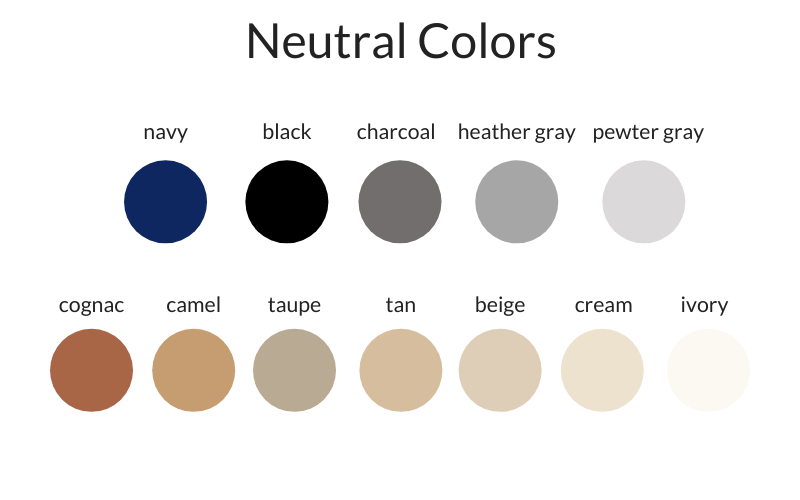
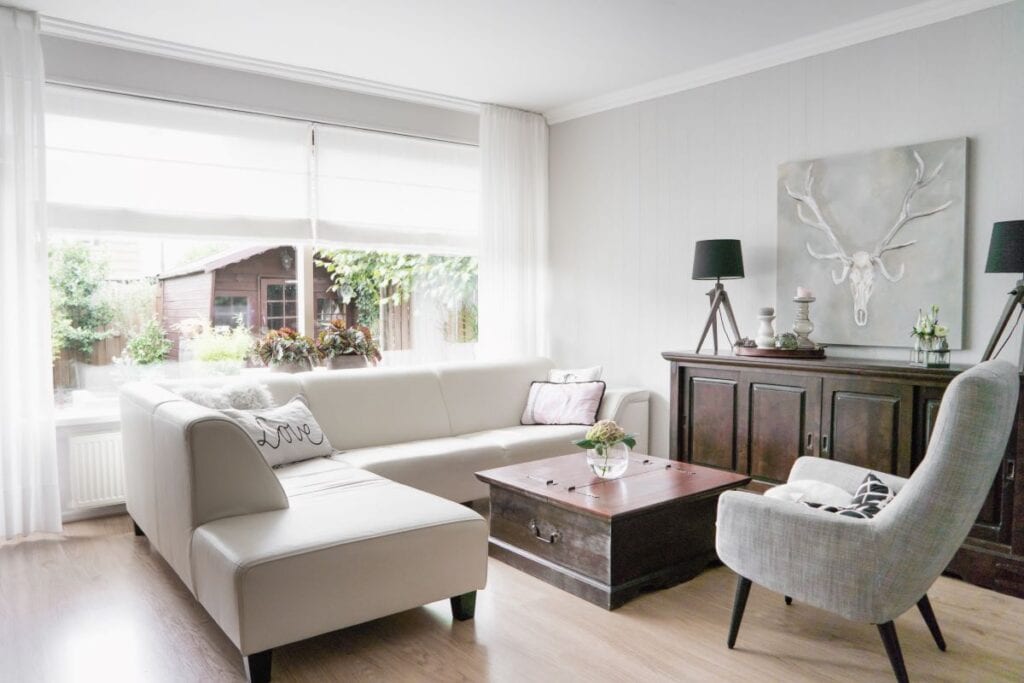
/clark_Kensington_neutrals-57db7f2e5f9b5865164b7baa.png)
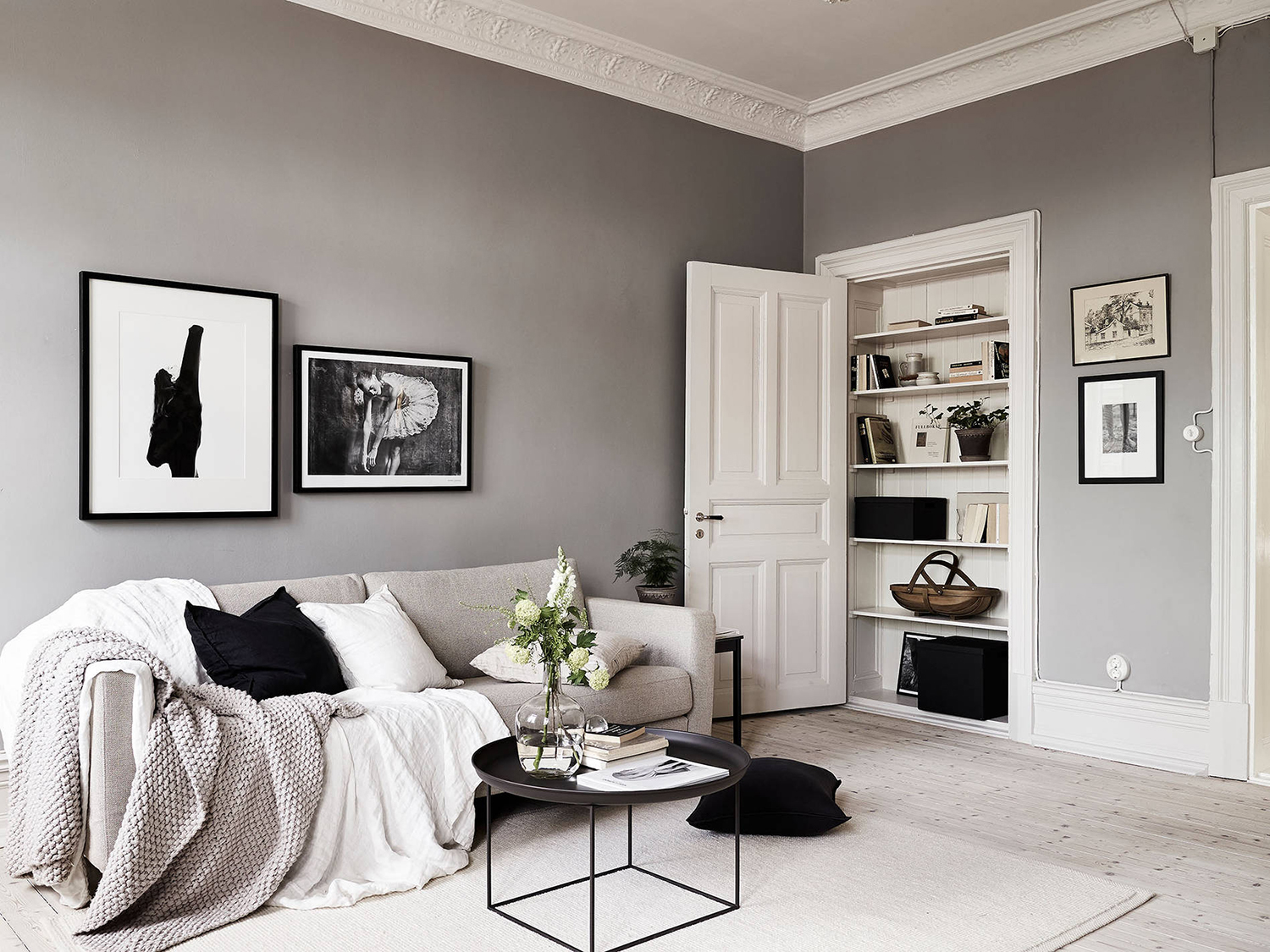




















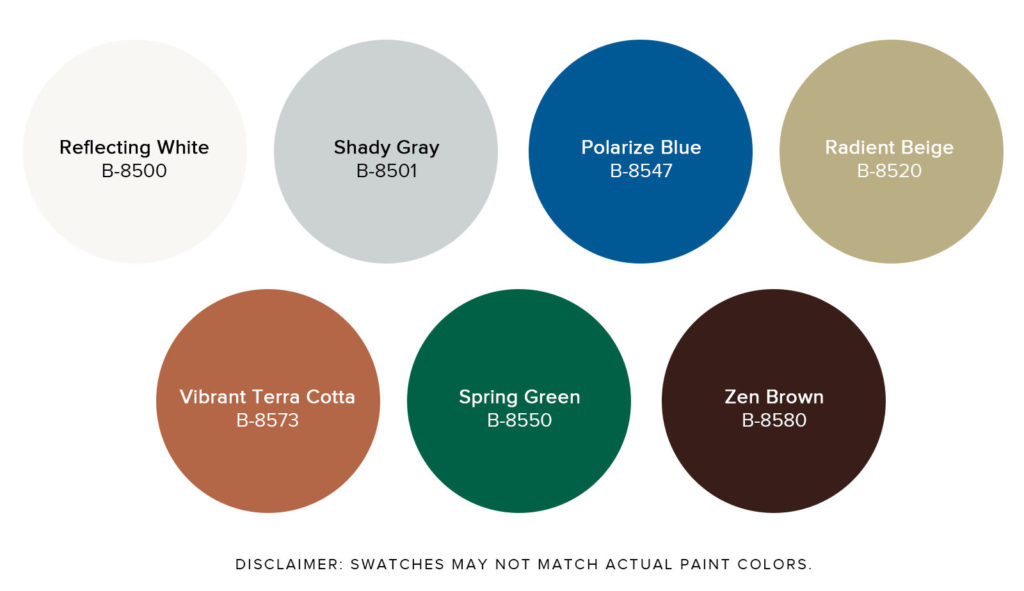




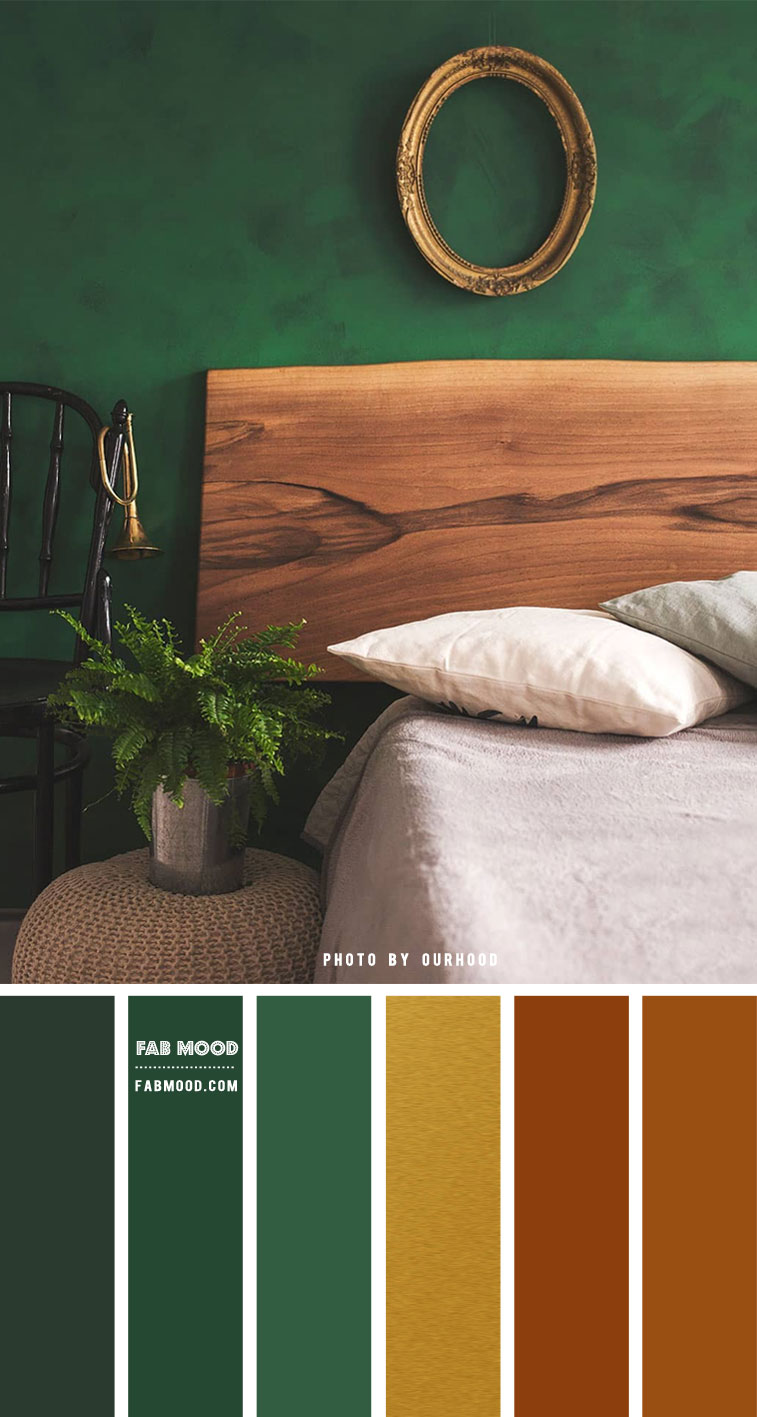
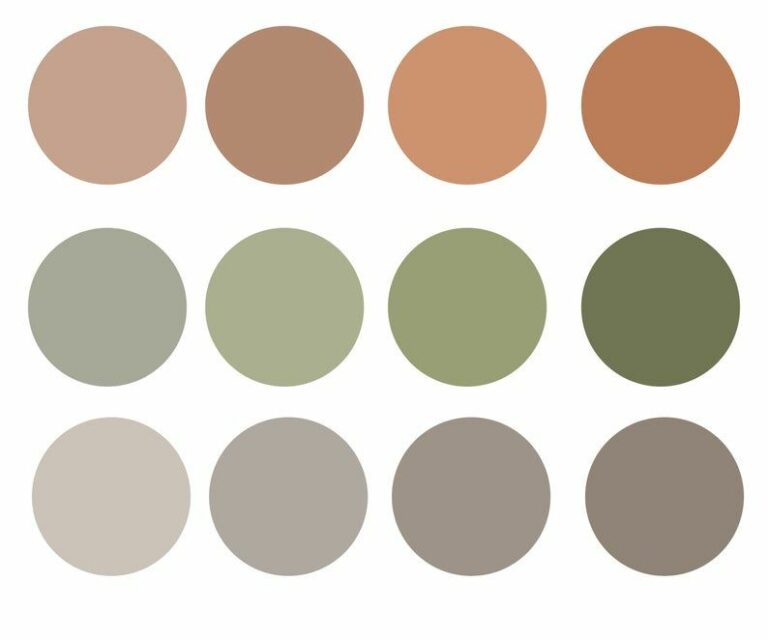



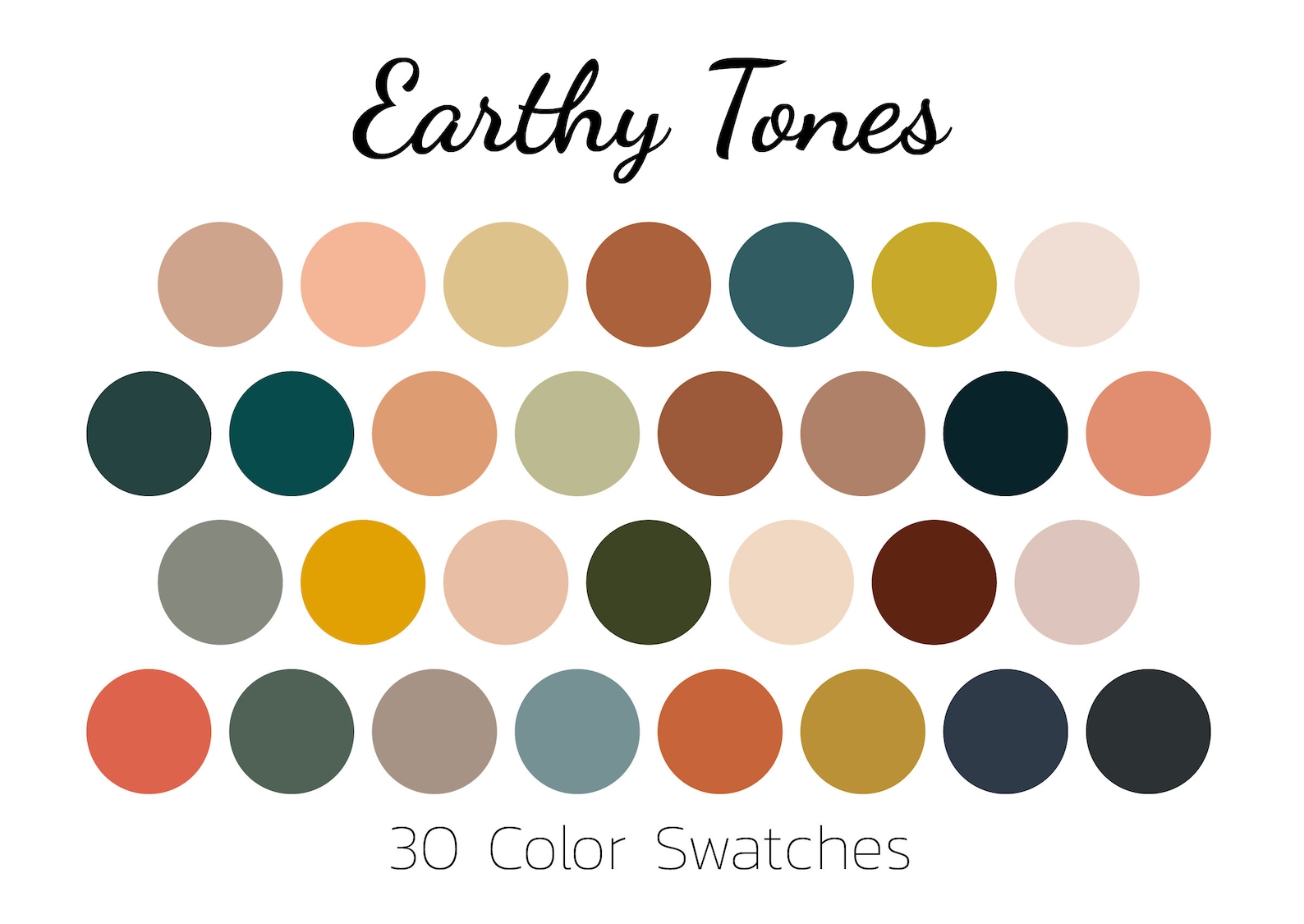
















/Color-Contrast-Chart-59091b973df78c9283e31928.jpg)
/Colorwheel-58d0206f3df78c3c4f45653b.jpg)







:max_bytes(150000):strip_icc()/Lista_complementarios-56a6e6cb3df78cf77290d98b.png)







